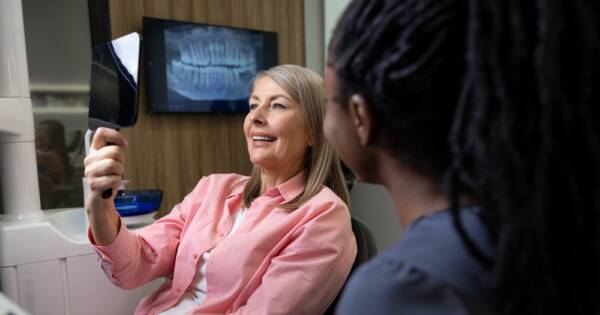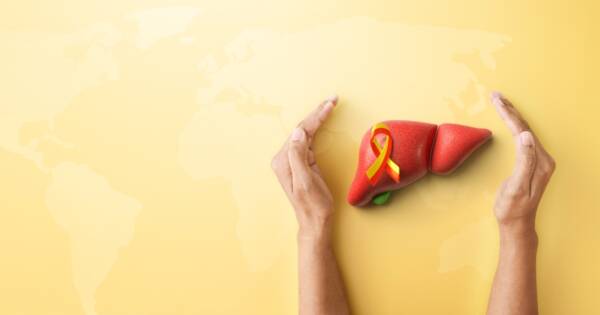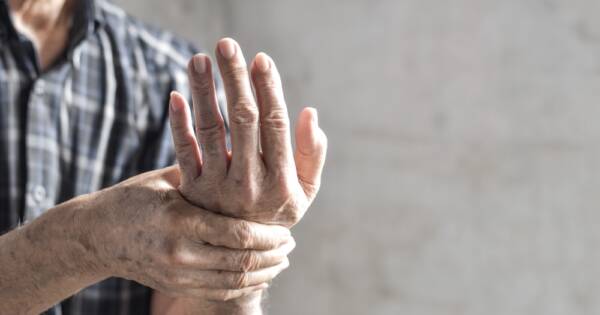Breast cancer risk increases with age, making it especially important for those over 50 to stay alert to subtle changes in their bodies. Early detection can lead to better outcomes, yet the warning signs are not always obvious. From unexpected lumps to changes in skin texture, the body often gives gentle clues that something may be wrong. Paying close attention to physical changes can make a critical difference in catching breast cancer early.
Changes in the Shape or Size of the Breast
One of the first signs of breast cancer can be noticeable changes in the shape or size of your breast. If one breast suddenly appears larger or has a different shape from the other, it could be a cause for concern. Keep an eye out for swelling, even if it’s slight, and report any changes to your doctor as soon as possible. Breast cancer can cause subtle changes in the tissues, and even if there’s no pain, changes in size or shape should always be checked by a professional.
Lumps or Thickening in the Breast or Underarm
Feeling a lump in the breast is often the most common early sign of breast cancer. Not all lumps are cancerous, but it’s important to get them evaluated. If you notice a new lump, even if it feels small and painless, it’s worth getting checked. Breast cancer lumps often feel firm and immovable.
You should also pay attention to any thickening of the skin or tissue around the breast or underarm area. Breast cancer can spread to lymph nodes, causing swelling in these areas before a tumor is even detected in the breast.
Skin Changes on the Breast
Changes to the skin on your breast can also be an early indicator of breast cancer. Be alert for any redness, dimpling, or puckering of the skin. The skin might start to resemble the texture of an orange peel, which is a sign of fluid buildup beneath the surface.
Rashes or any unusual discoloration should also not be ignored. These symptoms can sometimes be mistaken for skin conditions or infections, so it’s important to see a healthcare provider for a proper diagnosis.
Nipple Discharge or Inversion
Another sign to watch for is any unusual nipple discharge, especially if it’s bloody or clear. While nipple discharge can be caused by other conditions, such as infections, it’s always a good idea to have it checked, particularly if you’re over 50.
Additionally, if your nipple suddenly becomes inverted (turned inward) when it wasn’t before, this could be a warning sign of breast cancer. Any significant changes to your nipple’s appearance should be addressed immediately.
Persistent Breast Pain
Breast pain that doesn’t go away can sometimes be linked to breast cancer. While breast pain is common in women, particularly during menstrual cycles, persistent pain or tenderness in one specific area of the breast could be cause for concern. If the pain feels unusual or is localized to one spot, talk to your doctor.
Breast cancer pain isn’t always sharp or severe–it can be mild or feel like a constant dull ache. If you have concerns about ongoing pain, it’s better to err on the side of caution and get it checked.
Stay Informed and Take Action
Breast cancer is a serious health concern, especially for women over 50. Being aware of the early signs, such as lumps, changes in shape, skin texture, nipple discharge, or persistent pain, can make a significant difference in early detection and treatment.
Regular screenings and check-ups are essential for catching any signs early, so make sure to stay proactive about your health. If you notice anything unusual, don’t hesitate to contact your doctor for further evaluation. Early action can save lives.




